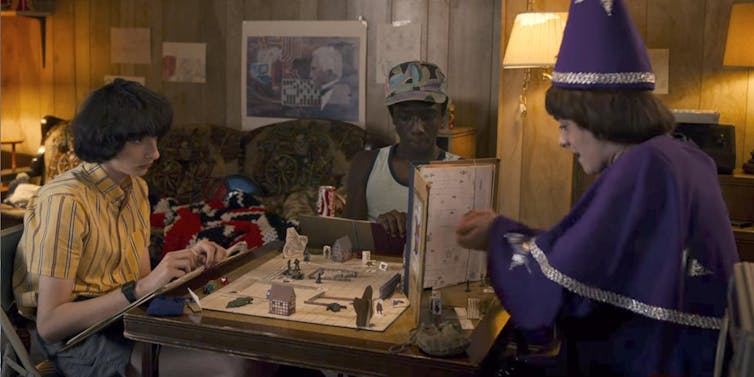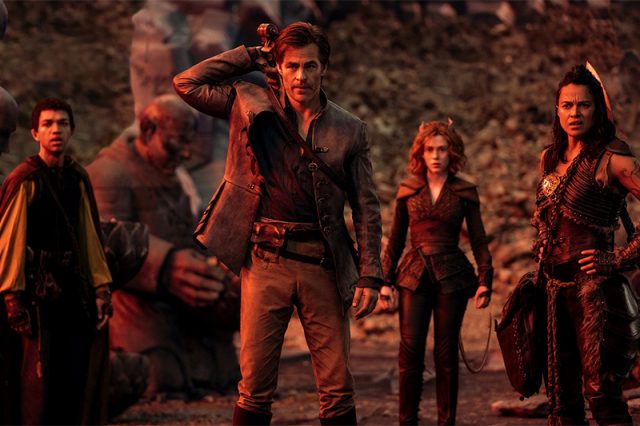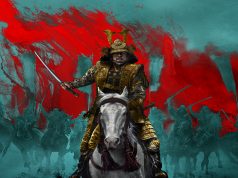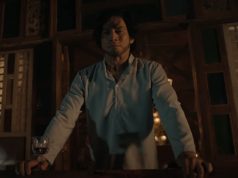Death, dramatic diversions and dark wizards: the new Dungeons & Dragons film successfully adapts aspects of the famous tabletop game of the same name to the big screen.
Making US$71 million (A$106 million) globally and taking out the top box office spot during its opening weekend, Dungeons & Dragons: Honor Among Thieves is a film that follows a group of thieves who must choose between heroism and riches in order to topple an evil sorceress.
The film is one of the latest examples of a largely well-received game adaptation. It knows which parts of the game are best portrayed through the film medium – sprawling fantasy landscapes and visual depictions of magic and monsters. It also knows which parts are best left out for film audiences, such as continual dice rolls and extended meta-narratives.
Dungeons & Dragons: Honor Among Thieves is a great example of why the storytelling world of Dungeons & Dragons has persisted and thrived for so many years: its adaptability to a broad range of different mediums and styles of narrative.
What is Dungeons & Dragons?
Originally published in 1974, Dungeons & Dragons (also colloquially known as D&D) is a tabletop role-playing game where groups of players meet to role-play characters, fight monsters and play make-believe with their friends – usually using dice rolls to decide how things play out.
Though traditionally played over a physical tabletop, online D&D play has become more commonplace and is an accessible alternative for players who can’t participate in person.
Historically, Dungeons & Dragons was often viewed as a complex high fantasy hobby and was stigmatized when it became associated with the Satanic Panic of the 1980s. This association began when unproven claims linked the death of two teenagers back to their Dungeons & Dragons play.
However, the game’s reputation, rules and player base have evolved since then, and it is experiencing a modern resurgence in play and popularity.
Even though there are official published rulebooks that help guide play, Dungeons & Dragons publishers have consistently emphasized the importance of imagination and collaboration. They have encouraged players to cater their games to their own interests by developing rules that allow for various types of gameplay to be valid. The most recent edition of the player’s handbook even states:
D&D is your personal corner of the universe, a place where you have free reign to do as you wish […] Read the rules of the game and the story of its worlds, but always remember that you are the one who brings them to life. They are nothing without the spark of life that you give them.

Wikimedia, CC BY
The modern trend of transmedia storytelling
In his book on convergence culture, media scholar Henry Jenkins describes “transmedia storytelling” as the act of telling a story across multiple formats.
At a time where we are consuming larger volumes of content across various digital and non-digital platforms, transmedia storytelling offers audiences multiple points of entry into media properties based on their own preferences. Beyond the strong financial motives, transmedia storytelling also delivers content to audiences that may not have been targeted or interested otherwise.
Dungeons & Dragons has been widely adapted over the years and many of these representations have directed greater interest and attention towards the original game.
Although the animated TV series from the early 1980s and the original trilogy of Dungeons & Dragons films from the 2000s were met with critical reviews, both adaptations lean into the strong visual affinities of their respective mediums.
This can also be seen in The Record of Lodoss War. The independently created series originated as a published campaign log of a Japanese Dungeons & Dragons game. It has since evolved into a multi-media franchise which includes manga, animation and video game adaptations.
Actual-play is a term that is used to describe how people play tabletop role-playing games like D&D for audiences. It’s growing into one of the most popular types of content for live-streaming and podcast media.
Notable and popular examples of actual-play D&D adaptations include The Adventure Zone, Critical Role, Dimension 20 and The Dragon Friends. The stories told can range from classic Dungeons & Dragons campaigns to unique and adapted stories that simply use the rule system.
Though they vary in genre, run time and production methods, these actual-play representations of Dungeons & Dragons games appeal to audiences that are interested in the players and play of Dungeons & Dragons, just as much as the stories, characters or worlds that are explored.
Dungeons & Dragons in popular culture
In addition to the game’s fantasy worlds and gameplay dynamics, Dungeons & Dragons’ capacity for social connection and personal growth has also been covered in popular culture and media.
Stranger Things, Freaks and Geeks and Community are just some examples of how popular media has successfully incorporated the social dynamics of Dungeons & Dragons play.
Characters within these shows use the game to develop skills to overcome various challenges or connect with others. Research has indicated that representations of Dungeons & Dragons in popular culture have helped reshape perceptions of the game and have likely played a part in the game’s modern resurgence.

Netflix
The continued importance of D&D’s open gaming license
Dungeons & Dragons content and media is not solely created or distributed by the game’s official publishers. Since 2000, the game’s open gaming license (known as the OGL) has let audiences create content that is compatible with some of the game’s core mechanics.
However, the longevity of original and independently created content was put into jeopardy earlier this year when a new version of the license was proposed. This version of the OGL was perceived to be more restrictive and anti-competitive than the initial version, leaving the future of Dungeons & Dragons adaptations unknown.
What we do know is that Dungeons & Dragons is experiencing a resurgence in play and popularity because it’s able to leverage the way audiences currently consume content: across multiple forms and through diverse narratives.![]()
Premeet Sidhu, PhD Student in Media and Communications, University of Sydney. This article is republished from The Conversation under a Creative Commons license. Read the original article.









